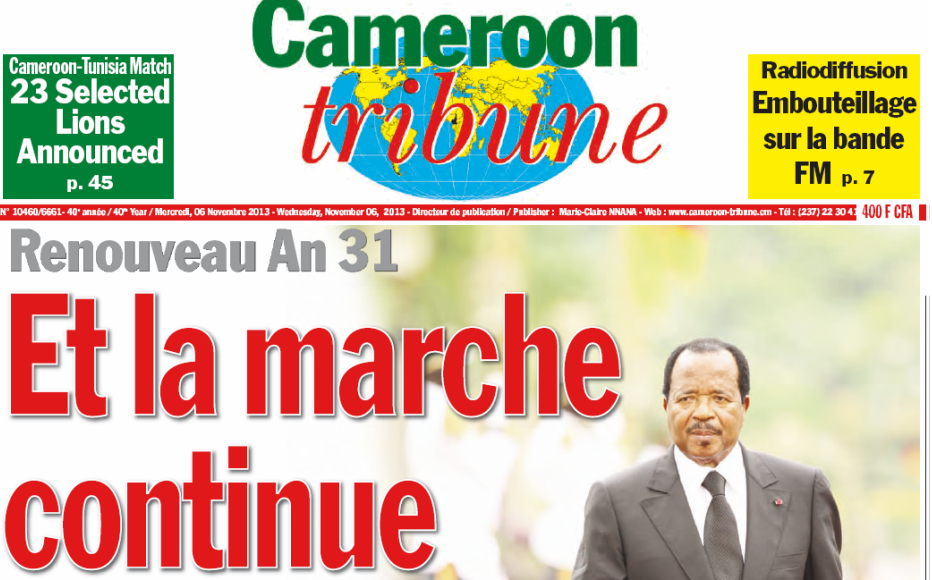When newsmen become news makers: The case of Lukong Pius Nyuylime
“Shortly before the train accident that occurred in Eseka, the social media had earlier brandished images of the train derailment. In effect, these were old images of a one-time derailment.” This statement is coming from a senior media guru in the Republic of Cameroon. Below is the entire editorial as written by the man they call, Lukong Pius Nyuylime
The propagation of false information on social media accompanied by images is fast becoming a dangerous social phenomenon. The trend of events in Cameroon for the past few months have brought out the ugly side of the social media, a contemporary arm of the media that has come to hypothetically complement the role of traditional media. The social media are in effect, computer-mediated technologies that allow individuals, companies, NGOs, governments, and other organizations to view, create and share information, ideas, career interests, and other forms of expression via virtual communities and networks.
Social media differ from paper-based or traditional electronic media such as TV broadcasting in many ways, including quality, frequency, usability, immediacy, and permanence. Social media operate in a dialogic transmission system (many sources too many receivers). This is in contrast to traditional media that operates under a monologic transmission model (one source too many receivers), such as a paper newspaper which is delivered to many subscribers. Some of the most popular social media websites are Facebook (and its associated Facebook Messenger), WhatsApp, Tumblr, Instagram, Twitter, Baidu Tieba, Pinterest, LinkedIn, Gab, Google+, YouTube, Viber, Snapchat is fast becoming a threat to peace and a secret instrument of manipulation. Many people seem to have taken it as pathway to achieving set goals. The impact has been immediate, character destruction, destabilization of public opinion and deformation of facts among others. Several of such cases abound. Shortly before the train accident that occurred in Eseka, the social media had earlier brandished images of the train derailment. In effect, these were old images of a one-time derailment. The same social media carried pictures of a fatal accident on the Nsimalen road announcing several deaths.
Images of another fatal accident on the Yaoundé-Douala road posted on the social media caused the Senior Divisional Officer for Sanaga-Maritime Division to move to the site just to discover it was all false. According to the social media, images that were propagated through WhatsApp, 35 people died in the accident. The images of a plane that purportedly caught fire at the Bafoussam airport are still fresh in many minds. The big question many have been asking is; who are the people behind this apparent smearing campaign; what is their objective; and who are they targeting? A careful analysis of the situation tells of a phenomenon that is proving to be dangerous for the society if no measures are taken to scale it down. This is important especially as elections are approaching. People with political ambitions may dive into it and use it to fight their opponents.





